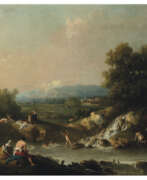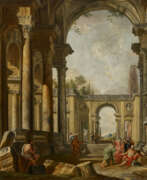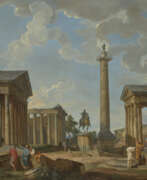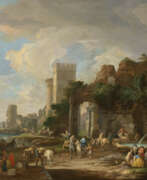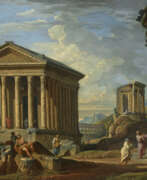Capriccio
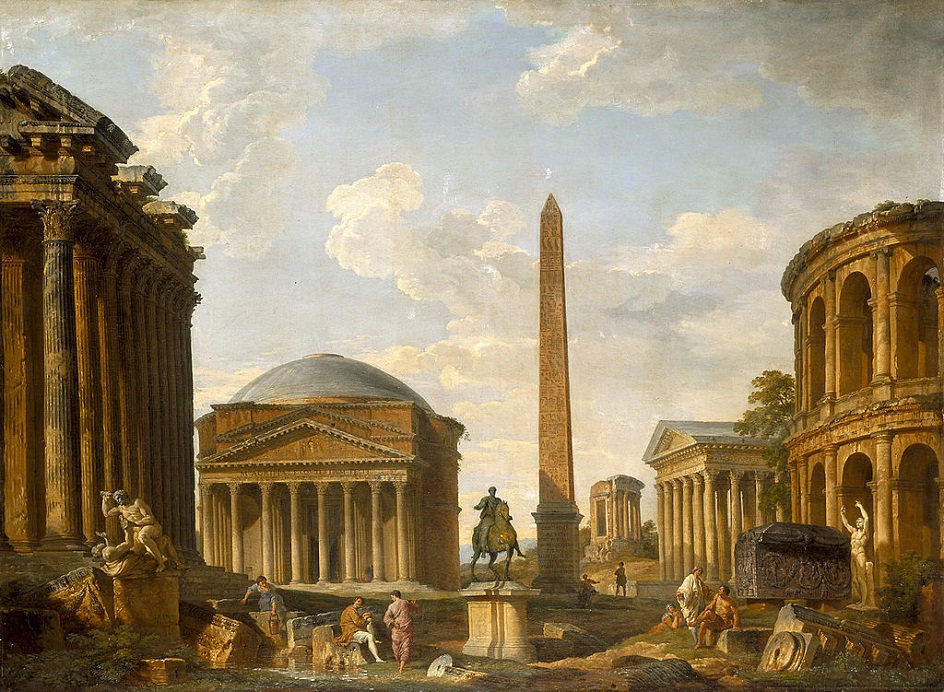
Capriccio
Capriccio, an Italian term meaning whimsical or fantastic, refers to a genre of landscape or architectural painting that blends reality with fantasy. Originating in 16th-century Italy, capriccio paintings juxtapose familiar architectural elements in unfamiliar ways, often combining real buildings with imaginative landscapes. This artistic liberty allows the incorporation of ruins, fantastical structures, and even whimsical staffage figures, falling under the broader category of landscape painting.
This genre gained prominence through the works of 17th-century artists like Alessandro Salucci and Viviano Codazzi, who brought unique approaches to the genre. While Codazzi's capricci leaned towards realism, Salucci showed more creativity in rearranging Roman monuments to fit his compositional objectives. In the 18th century, artists like Giovanni Paolo Pannini and Canaletto extended the style, with Canaletto becoming particularly associated with capriccio through his works that captured the romantic imagery of Italy.
Capriccios, popular among Grand Tourists, were prized for their imaginative expression. They often depicted classical ruins and picturesque decay, conjuring romantic images of Italy. These works weren't just about accurate representation but were pieces of artwork that transformed the original subject into something fantastical. For instance, Canaletto's capriccios often moved and altered buildings in his ostensibly ‘accurate’ views to obtain better compositions.
In the National Gallery in London, works by Francesco Guardi showcase how architectural elements from actual sites are creatively recombined for decorative effects. Capriccio allows artists like Guardi to play with scale, size, and grand features in a way that appeals to the viewer's aesthetics, making these works invaluable to collectors and art experts.
For enthusiasts and collectors keen on exploring the imaginative and whimsical world of capriccio, staying updated on the latest artworks and auctions in this genre is essential. Sign up for updates and be part of a community that appreciates this unique blend of reality and fantasy in art.
| Country: | France, Italy, United Kingdom, Western Europe |
|---|---|
| Start of the period: | XVI century |
| End of the period: | XIX century |

